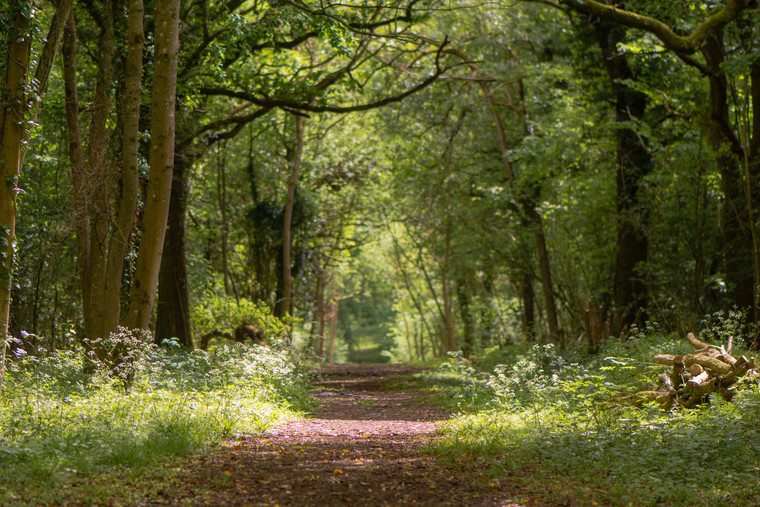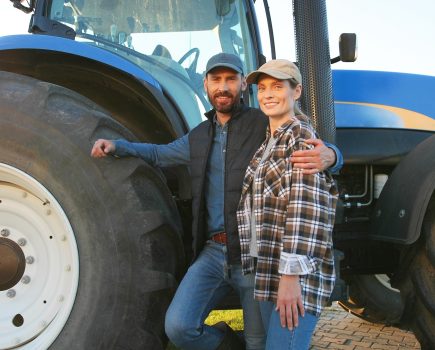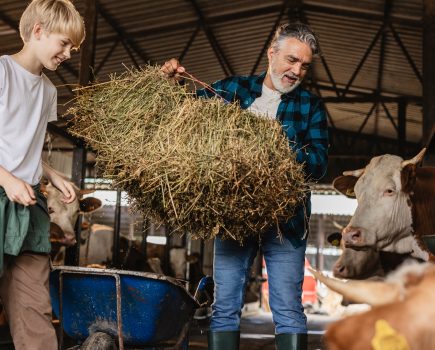What woodland owners should know about inheritance tax relief by Sarah Mannooch, Senior Associate, Brachers LLP.
Many cultures have a specific word to describe the relaxation prompted by being in forest surroundings. The Japanese word translates in English to “forest bathing” and there is no doubt we have an instinctive connection to woodland surroundings. But can forest bathing turn into forest savings, in a tax context? Here we take a look at the inheritance tax reliefs for woodlands that might relax you further.
There are three main types of relief from inheritance tax that woodlands may attract; agricultural property relief (APR), business property relief (BPR) and woodlands relief. Which of these applies depends on the nature of the land and timber operations.
Agricultural Property Relief and Business Property Relief
Although woodland is not automatically classed as agricultural property, the land may qualify for APR if the woodland is classed as, or ancillary to, agricultural land or pasture. Ancillary use includes short rotation coppice, firewood or fencing, and shelter belts. BPR may be available if the woodland is used for commercial purposes, for example, commercial shooting, fishing or commercial timber harvesting.
To successfully claim APR and BPR, it is recommended that you have a clear record of the agricultural or business use, so keeping a record of transactions, separate woodland accounts and a business plan are recommended. This can be particularly important where there is little or no profit derived from the woodland, to evidence the commercial intention and avoid the hobby farming rules.
Woodlands relief
Woodlands relief is available where you own, or have inherited, an interest in the land on which timber has been growing for at least five years (this includes the five years before death). It is applied on the value of the timber and can reduce a liability for Inheritance Tax (IHT). When you pass away, your executors can make an election to exclude the value of the timber (but not the land) from your estate for IHT purposes. The election must be made within two years of death.
However, an executor should be cautious before making an election for woodlands relief, as IHT will be payable on any future sale of the timber (or the market value if your beneficiaries choose to give the timber away). As a result, in some cases, it is not worth making the election; it can depend on the value of the timber and the age of the trees.
Heritage relief
A further, specific relief that may also apply to woodland is heritage relief. This may be available where the land is in an area of “outstanding scenic, historic or scientific interest”. In that case it may be exempted on the condition that the new owner agrees to maintain the woodland and grant access to the public. Heritage relief can apply to both ancient and new woodland.
IHT relief for woodlands can be complex, and application of the most appropriate relief relies upon various different conditions related to the land. If you want to understand the best options for you, we would always advise you to seek professional legal advice.







